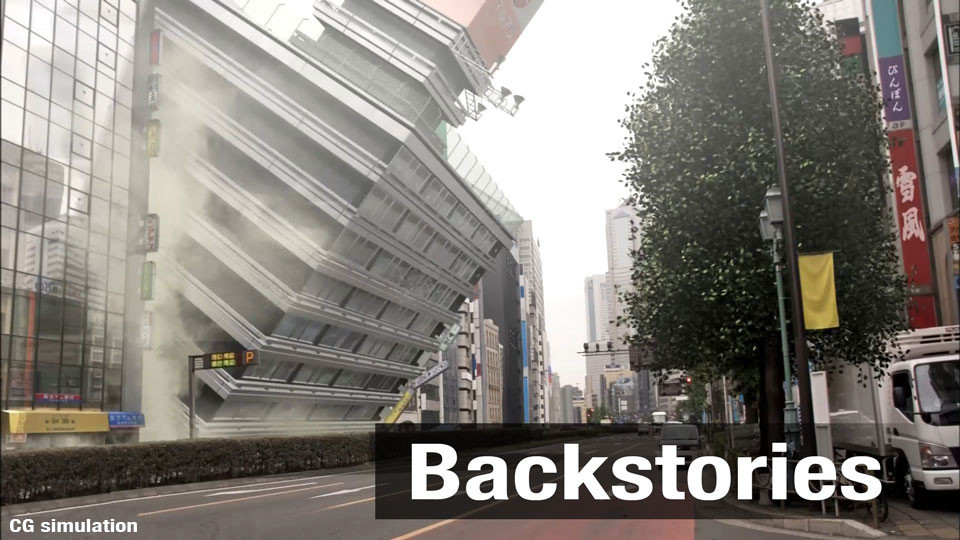About 100 people took part in the event in a park in Tokyo's Koganei City, including families and students. It was organized by local government officials and a group of specialists in disaster-preparedness.
Official estimates show that about 23,000 people could be killed, and nearly 2 million homes destroyed, if a magnitude 7.3 earthquake strikes central Tokyo.
The recent drill aimed to get people thinking about how they would survive over different intervals after such a quake -- seven days following the quake, three months later, and three years later.
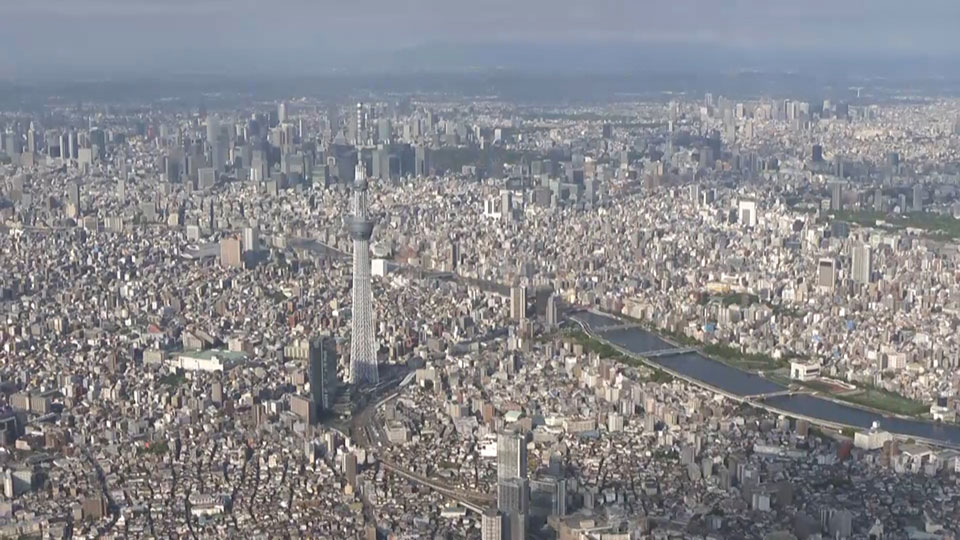
Seven days after
Seven days after a massive earthquake and tsunami hit northeastern Japan in 2011, many evacuees were already in school gymnasiums and other temporary shelters.
But a recent government report suggests that should such a quake hit the capital, many survivors may not be able to access such facilities.
Officials estimate that more than 7 million people in the southern Kanto region where Tokyo is located would be forced to evacuate. Nearly 3 million would likely head to temporary shelters. These facilities could soon become overcrowded, and many evacuees might have to live in vacant lots and parks.
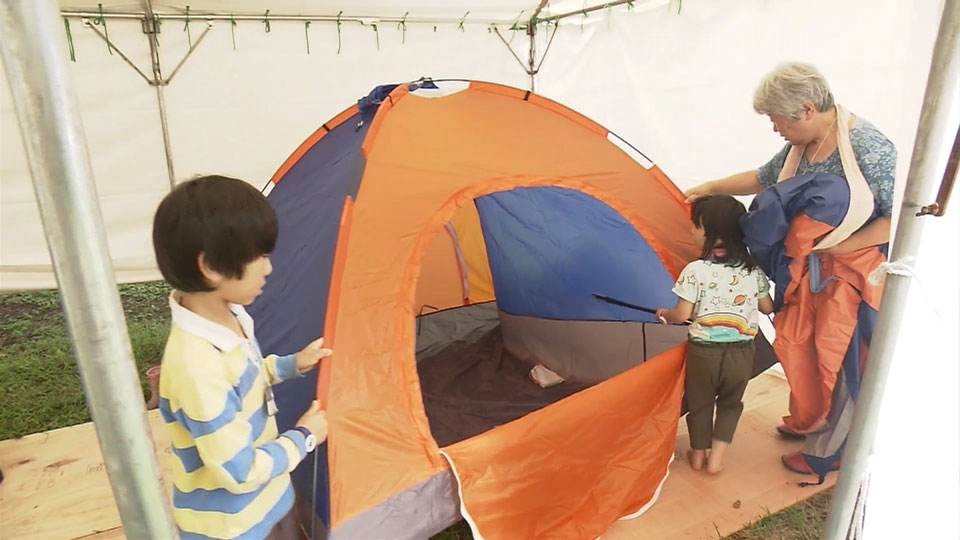
Participants in the drill were shown how to take shelter in tents. They had to place plywood beneath the tents to prevent flooding, and change the tent's outer covering to ones that breathe to avoid heatstroke.
They learned how to prepare freeze-dried rice by pouring hot water on it and cooking it in a plastic bag.
An instructor told participants that using a pot might be convenient but not a good idea, as there may be no water to wash it.
The government estimates that up to 30 percent of households in Tokyo and three neighboring prefectures would not have any water for at least a week.
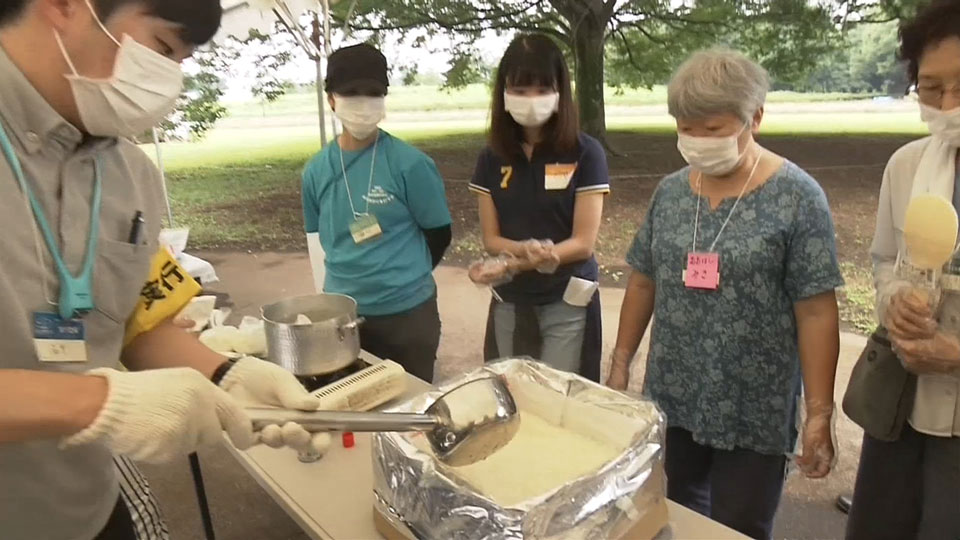
Three months and three years after a quake
In 2011, prefab housing units had been completed within three months of the quake and evacuees had started to move in.
For such a quake in Tokyo, experts say 570,000 temporary housing units would be needed, leaving a shortfall of 180,000 units in the central part of the city.
Participants in the recent drill discussed how they would survive a prolonged period as evacuees.
One woman said she would probably think about ways to leave Tokyo. Another person said he would try to build a makeshift hut with any materials at hand.
The participants debated how to restore their communities, imagining life three years after the disaster.
One student said the younger generation may be able to commit more to such efforts, and to come up with innovative solutions to rebuild faster.
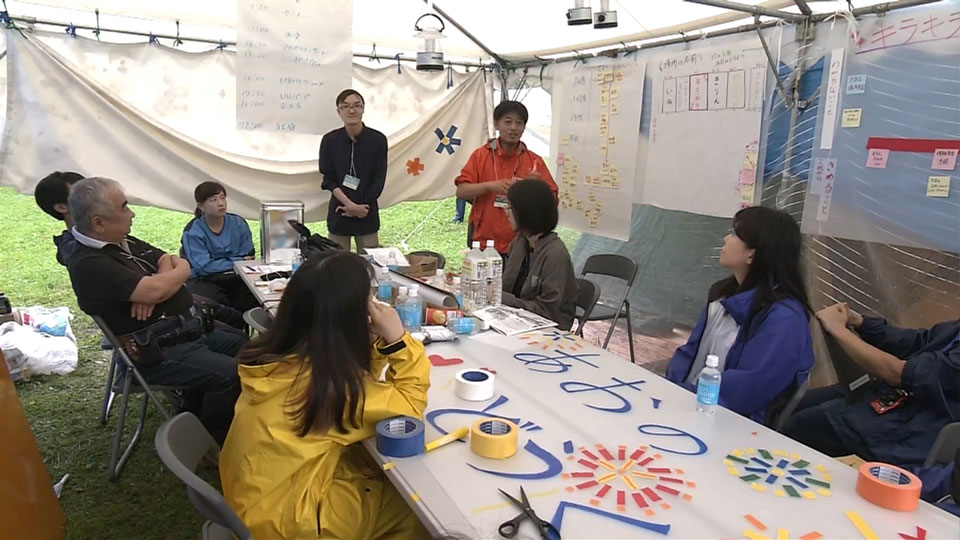
Lessons learned
Participants said they became aware of how unprepared they were for any future disaster.
One woman said she had a much clearer image of how such a disaster would affect her, from the day of its occurrence until years later. She said she would discuss preparedness with her community.
One man also mentioned the power of the community. He said it was important to keep in regular contact with others to help out in times of disaster and rebuild more quickly.
One of the event's organizers, Tokyo Metropolitan University Professor Emeritus Itsuki Nakabayashi, said most disaster-preparedness drills focus on how to respond several days after a disaster. But survivors actually face tougher challenges later on. He said more people should be aware of how grave the situation could become, and be fully prepared.
